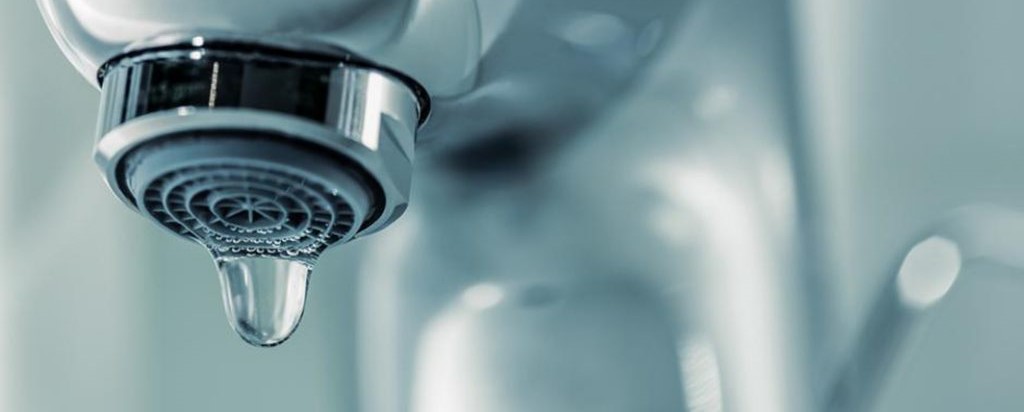Uncover the Most Frequent Roots of Leak Problems Inside The House
Uncover the Most Frequent Roots of Leak Problems Inside The House
Blog Article
This great article listed below in relation to Common Water Leaks In House is rather compelling. Don't miss out on it.

Leakages not only trigger waste of water but can additionally trigger unneeded damages to your residence and also advertise unwanted natural growth. However, water leakages could go unnoticed given that a lot of the pipework in our home is hidden. By recognizing as well as looking for everyday situations that trigger leaks, you can safeguard your home from future leaks as well as unneeded damage. Today, we will certainly check out six leak causes that might be triggering your pipes to drip.
Immediate temperature level adjustments.
Severe temperature level adjustments in our pipelines can trigger them to expand and also acquire unexpectedly. This growth and contraction might cause fractures in the pipelines, especially if the temperature level are listed below freezing.
Rusty water supply
This could be the reason of staining or bending on your water pipelines. If our plumbing system is old, think about changing the pipes because they are at a greater threat of deterioration than the newer models.
Defective Pipe Joints
The factor at which your pipelines attach is regularly the weakest link in the waterline. Pipe joints can wear away gradually, resulting in water leaks. Unfortunately, most of pipe joints are not quickly noticeable. If you have loud pipelines that make ticking or banging sounds, especially when the warm water is turned on, your pipe joints are most likely under a great deal of pressure. It is advisable to have your plumber evaluate your system yearly.
Elbowing in roots
Most water leaks begin outside your home instead of inside it. If you observe an unexpected decline in water stress, state in your tap, take some time to go out and examine your lawn. You could see wet spots or sinkholes in your yard, which may indicate that tree origins are getting into water lines creating water to seep out. You can have your plumber check for intrusion, especially if you have trees or bushes near your building.
Poor Water Connectors
At times, a leakage can be triggered by loosened hose pipes and pipelines that provide your home appliances. In case of a water links leak, you might observe water running directly from the supply line or puddles around your devices.
Obstructed Drains
Blocked drains could be irritating and inconveniencing, yet they can sometimes wind up causing an overflow resulting in break pipelines. Keep getting rid of any materials that may go down your drains that can clog them to stay clear of such aggravations.
All the above are sources of leakages yet not all water leaks arise from plumbing leakages; some leaks may originate from roofing system leakages. All leaks should be fixed promptly to avoid water damage.
Leaks not only trigger waste of water however can also trigger unneeded damages to your house and advertise unwanted organic growth. By looking and also understanding for everyday circumstances that trigger leakages, you can safeguard your home from future leaks as well as unneeded damage. Today, we will look at six leakage causes that may be causing your pipelines to drip.
At times, a leak can be created by loose pipes and pipes that provide your appliances. In case of a water connections leak, you may observe water running directly from the supply line or pools around your appliances.
How To Check For Water Leak In Your Home
How To Check for Leaks
The average household's leaks can account for nearly 10,000 gallons of water wasted every year and ten percent of homes have leaks that waste 90 gallons or more per day. Common types of leaks found in the home are worn toilet flappers, dripping faucets, and other leaking valves. These types of leaks are often easy to fix, requiring only a few tools and hardware that can pay for themselves in water savings. Fixing easily corrected household water leaks can save homeowners about 10 percent on their water bills.
To check for leaks in your home, you first need to determine whether you're wasting water and then identify the source of the leak. Here are some tips for finding leaks:
Take a look at your water usage during a colder month, such as January or February. If a family of four exceeds 12,000 gallons per month, there are serious leaks.
Check your water meter before and after a two-hour period when no water is being used. If the meter changes at all, you probably have a leak.
Identify toilet leaks by placing a drop of food coloring in the toilet tank. If any color shows up in the bowl after 10 minutes, you have a leak. (Be sure to flush immediately after the experiment to avoid staining the tank.)
Examine faucet gaskets and pipe fittings for any water on the outside of the pipe to check for surface leaks.
Undetected water leaks can happen without the home or business owner even realizing. If you suspect a water leak, but not able to find the source. It is time to contact a professional water leak detection service, The Leak Doctor.
How To Find a Water Leak In Your Home
https://www.leakdoctor.com/blog/How-To-Check-For-Water-Leak-In-Your-Home_AE197.html

Do you like reading about Most Common Causes of Leaky Pipes? Put a review below. We'd be glad to hear your responses about this blog. Hoping that you visit us again before long. Sharing is nice. Helping people is fun. Bless you for your time. Please check our site back soon.
Leak detection needed? Report this page